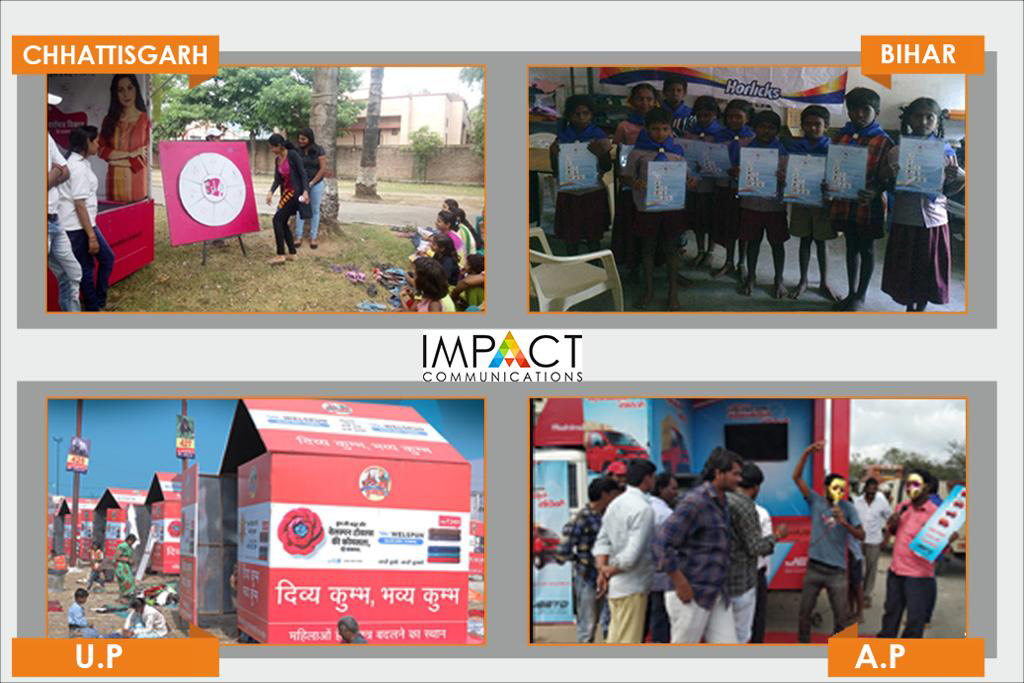MUMBAI: It is said that India lives in its villages. With more than 65 per cent of its population residing in rural areas, it would not be a stretch to state that Bharat represents the real India – that is, more than 800 million people. It is little wonder then that ‘Go rural’ is the marketer’s new slogan and companies, both Indian as well as multinational, have their vision firmly set on the rural markets.
In a free-wheeling conversation with indiantelevision.com’s Anupama Sajeet, Impact Communications founder & CEO Sanjay Kaul, who also serves on the advisory board of Rural Marketing Association of India (RMAI), talked about some of these issues including the challenges, the possible disruptions in the market and the way forward for the industry when it comes to rural India. Kaul has recently stepped down from his position after leading the marketing agency for over two decades.
Edited excerpts:
On how rural marketing has shaped up over the last two decades.
The transformation is tremendous. Rising incomes, the advent of new technology, and the increase in media penetration have fuelled the demands, consumption, and aspirations of rural India. Earlier, the content dissemination was slow because of the low penetration of mobile phone technology. We just had wall paintings or billboards. The reach of newspapers was limited. All this has changed now. The advent of technology, banking, ATMs, government initiatives like Jan Dhan Yojana, have changed the way a rural marketer now approaches these areas.
On the investments witnessed by the rural market from FMCG and BFSI sectors.
FMCG is a $1.1 trillion sector in 2020, out of which 30-35 per cent comes from rural areas. Companies like Unilever, Dabur, Colgate – up to 50 percent of their sales come from rural areas. Even Maruti, Hero MotoCorp – more than half their sales happen in rural India. So those who got on to the rural bandwagon early have an advantage. Most of the major FMCG companies see rural as their “next growth” destination.
The rural FMCG market in India is expected to grow up to $220 billion by 2025. The opening of accounts by the government proved to be a game-changer for the BFSI sector. Next, fintech is going to be a major disruptor in the future for rural. Most of the banks, even traditional ones – whether it's HDFC or SBI – all have tie-ups with fintech companies to enhance their rural reach. Especially in these uncertain times, BFSI has a great future in rural areas with fintech collaboration.

On consumption trends and the march of e-commerce.
There is a misconception, that rural areas have not been able to keep up with the urban areas when it comes to e-commerce. In fact, both Amazon and Flipkart have got a majority of their sales coming from tier-2 and tier-3 cities. Consumer aspirations are shaping up and there is a demand for more and more branded products. Since most brands do not have all the range of products available in stores in small cities and towns, a lot of the transactions take place through these e-commerce channels. Experts are pegging rural as the major driver for the next fiscal.
On the challenges faced by brands trying to expand their rural footprint.
There are two major issues – trust deficit and logistics. The companies are trying to overcome these hurdles. Amazon has tied up with post offices for logistic support, which helps service certain inaccessible pin codes. The trust barrier still exists when it comes to online shopping. One way out would be to create hub models locally for trust fulfilment, then maybe the deficit factor can be reduced. The logistics challenges can be overcome through micro-distributors who are already supplying to village outlets. They can be used as fulfilment centers, which these big e-tailer companies can leverage. Myntra, Flipkart and Amazon have already tied up with large distributors who serve as their last-mile fulfilment centers.
On the next big opportunity in rural and the way forward for the industry.
Earlier, we used to do BTL activations by aggressively reaching out to people. Now, the ‘digital first’ strategy has to be leveraged along with a physical presence. We saw how the local kirana shops took off during the pandemic. There is a lot of investment the companies can do to do to build up these channels and not just be dependent on the wholesale distributors. Technology-enabled solutions will also make a difference. One can scale the communication, marketing operations, distribution in a feasible manner when it's technologically enabled. Today the challenge for brands is not just to make the product available to the rural user. Consumers are spoilt for choice in every brand category. Brands need to remain engaged with the customer constantly.
On his future plans.
My new journey would entail a technology-enabled rural market development company. One needs to create a demand for the brand in the rural market areas and then grow the brand with persistence. It will all be technology-based and an aggregate model for all the brands, which will be a first of its kind in rural areas.






